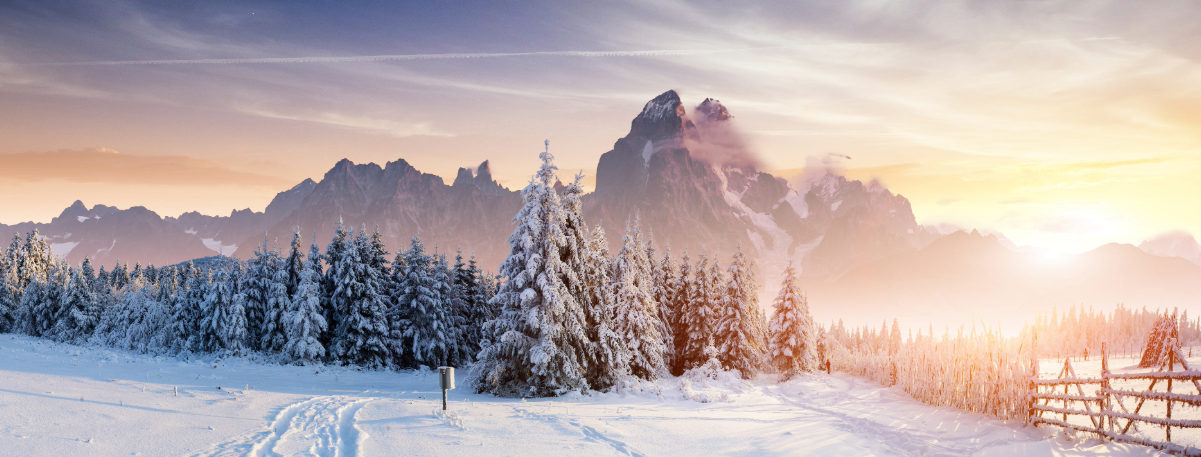Your FIN (Financial Independence Number)
Every investor wants to know the answer to the question, “How much money will I need to retire?” Many factors contribute to this determination and it is unique for everyone. For example, someone who earns $70,000 per year will likely be able to live comfortably on $60,000 per year in retirement, but another person who makes $200,000 each year will likely not find that income level realistic. There is a simple way to discover the amount of retirement income you and your family will require, and it is called the Financial Independence Number.
You only need two pieces of information to determine your Financial Independence Number:
- Your Basic Cost of Living
- Draw Down Rate
Your Basic Cost of Living is the total of your non-discretionary expenses annually. Things like housing, transportation, utilities, taxes, and healthcare to name a few. Your Draw Down Rate is the percentage of your assets you can utilize without reducing your capital. It is generally agreed upon that 4% is a reasonable and realistic Draw Down Rate for retirees.
Since everyone has a unique income and standard of living each of us will have a different Financial Independence Number.
Example
John and Jane want to know the amount of wealth that they must accumulate in order to retire comfortably based on their annual expenses of $60,000. They are comfortable with the rule-of-thumb Draw Down Rate of 4%.
Their Financial Independence Number (FIN) is easily calculated as:
FIN = Annual Expenses ÷ Draw Down Rate
= $60,000 ÷ 0.04
= $1,500,000
John and Jane’s Financial Independence Number is $1.5 Million, which is the amount of invested capital that they will need to fund their retirement and maintain their capital. Understanding this number will allow their financial advisor to assemble a plan to achieve this number, not just “earn as much as possible”.
The sooner you determine your Financial Independence Number, the sooner a plan to reach that goal can be built.
A Financial Planner can work with you to determine a savings budget and investment strategy to attain your retirement goals. This can also include projected amounts for government pensions and benefits when calculating your FIN and building your individualized plan.





